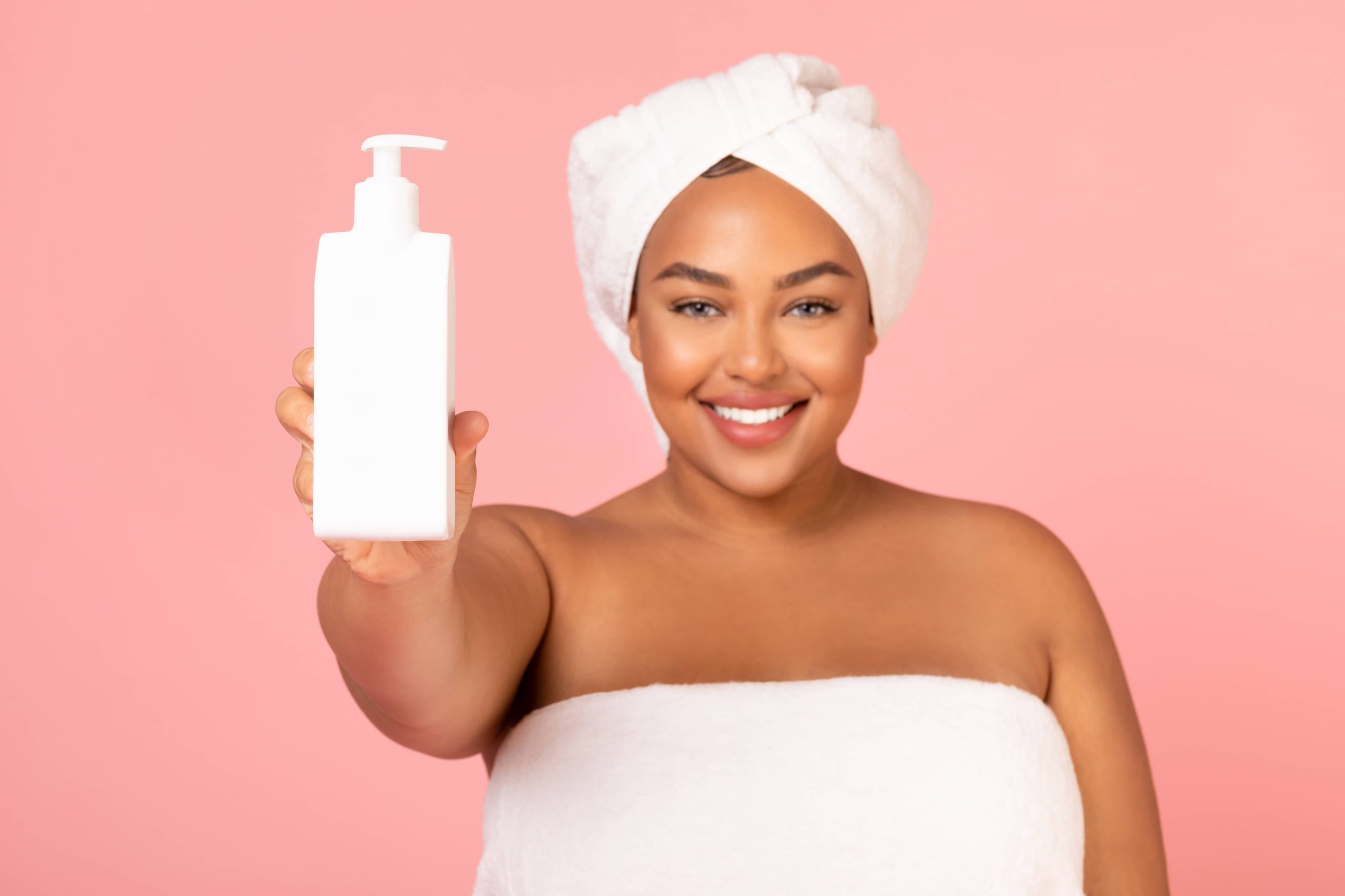
In today’s world, more and more people are becoming conscious about the ingredients in their skincare products. Store-bought items can often be packed with chemicals and preservatives that aren’t kind to our skin. If you’ve ever dreamt of custom-formulating products specifically catered to your skin’s needs, there’s great news: you can create your own skincare products at home! Not only is this a budget-friendly way to indulge in skincare, but it also allows you to control exactly what you put on your skin. Here’s how you can get started with making your very own skincare products right in your kitchen.
Why DIY Skincare?
1. Customization: One-size-fits-all rarely works when it comes to skincare. By crafting your products, you can create formulations tailored to your skin type and needs, be it dryness, oiliness, acne, or sensitivity.
2. Ingredient Control: You know exactly what goes into each product. This is especially beneficial for those with allergies or sensitivities.
3. Sustainability: You reduce reliance on commercially packaged products, cutting down on waste and promoting a greener lifestyle.
4. Cost-Effective: High-quality skincare doesn’t have to break the bank. Many ingredients found in your kitchen and local health store are all you need to create effective products.
Understanding Your Skin Type
Before diving into DIY recipes, it’s essential to understand your skin type, as this will influence the ingredients you choose. Here’s a quick guide:
– Oily Skin: Prone to shine and breakouts. Look for ingredients like clay, witch hazel, and tea tree oil.
– Dry Skin: Needs hydration and moisture. Ingredients like honey, avocado, and coconut oil work wonders.
– Combination Skin: T-zone may be oily while cheeks remain dry. Balancing ingredients like jojoba oil or yogurt are ideal.
– Sensitive Skin: Prone to irritation. Aloe vera, chamomile, and oatmeal can provide soothing relief.
Basic Ingredients for DIY Skincare
1. Carrier Oils: These form the base of many skincare recipes. Options include jojoba oil, which mimics the skin’s natural oils; coconut oil, known for its moisturizing properties; and almond oil, which is gentle and nourishing.
2. Essential Oils: Often used for fragrance and their therapeutic properties. Lavender oil soothes, tea tree oil combats acne, and rose oil hydrates.
3. Natural Exfoliants: Use sugar or oatmeal for gentle scrubs that slough away dead skin cells.
4. Clays: Great for masks, with bentonite and kaolin being popular choices.
5. Aloe Vera: Acts as a soothing and hydrating agent, especially beneficial for sensitive skin.
6. Honey: A powerful antibacterial and humectant, helping to lock in moisture while keeping skin clear.
Recipes to Try at Home
1. Nourishing Facial Oil
A facial oil tailored to nourish and moisturize, perfect for dry and combination skin types.
Ingredients:
– 2 tbsp jojoba oil
– 1 tbsp rosehip oil
– 5 drops lavender essential oil
Instructions: Combine all ingredients in a small amber glass bottle. Shake gently to mix. Use a few drops on a clean face, massaging it in with upward strokes.
2. Refreshing Facial Mist
Ideal for all skin types, this mist refreshes and hydrates throughout the day.
Ingredients:
– 1/2 cup distilled water
– 1 tbsp witch hazel
– 5 drops rose essential oil
Instructions: Mix all ingredients in a mist spray bottle. Shake well before each use. Spritz lightly over face whenever a refresher is needed.
3. Exfoliating Sugar Scrub
Perfect for pairing with a relaxing bath, this scrub will leave your skin feeling soft and supple.
Ingredients:
– 1 cup brown sugar
– 1/2 cup coconut oil
– 1 tsp vanilla extract
Instructions: Melt the coconut oil until liquid. Combine with brown sugar and vanilla extract. Store in a jar and use up to twice weekly for smooth skin.
Tips for Safe DIY Skincare
– Patch Test: Always test a small amount on your wrist or behind your ear before using any new product on your face.
– Storage: Some homemade products lack preservatives, so they should be stored in a cool, dark place and used relatively quickly.
– Research: Make sure the ingredients you use are safe and appropriate for your skin type.
Conclusion
Stepping into the world of DIY skincare can be both satisfying and empowering. As you become more familiar with how each ingredient functions, you’ll gain the confidence to experiment and refine. The ability to create wholesome, personalized skincare in the comfort of your own home is not only a rewarding hobby but a step towards a healthier lifestyle. Dive in, have fun, and watch your skin glow with satisfaction!
Remember, consistency is key. Homemade products can be as effective as store-bought alternatives when used regularly. So, get creative, be patient, and enjoy the wonderful journey of personal skincare crafting!



